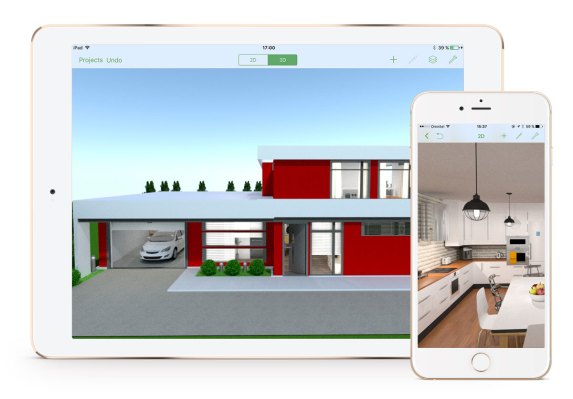Move over Ready Player One — the future of AR might be in furniture – TechCrunch - 3 minutes read

Last week Modsy, a San Francisco-based startup raised a large amount of funding – $37 million in C-round funding to be precise. And that followed a $23 million series B round in December 2017.
Why the large amounts I hear you ask? Well, Modsy is developing a platform that lets property owners create virtual renderings of rooms and restyle them in real time. So that means 3D automation, plus virtually positioning furniture items, combined with a marketplace where you can buy the items. Modsy’s tech replicates rooms in 360 degrees, with furniture from dozens of well-known brands. It’s a powerful combination.
The move shows that AR/VR technologies are now finding their place, not in a ‘Ready Player One’ style future but in the more mundane, but lucrative area of interior design.
But there’s another company out there that claims to have reached 40 million users with far more modest funding.
Planner 5D is a design tool that lets you create floor plans and interior designs using VR and AR. But its approach is different.
It first learns about how the house is used and then automatically creates a design. The startup claims its users have already designed more than 80 million projects without requiring any special design or software skills.
The software allows users to add rooms and floors in 3D, choose furniture and other objects from a catalog of over 4,500 items, and customize the materials, colors, and dimensions of the interior items and rooms. The AR aspect is used for capturing the dimensions of real rooms, while switching to VR lets you walk through the interiors virtually.
But homes are just the start. Founded in 2011 by Alexey Sheremetyev and Sergey Nosyrev in Lithuania, with backing from investor Igor Matsanyuk and Farminers Academy, Planner 5D plans to apply its AI features to home planning, robotics, scene-understanding, and more.
In the meantime, it’s easy to see why apps like this are taking off. The average interior design costs for a US homeowner are between $2000 and $8300, so using these apps can be a huge cost saving.
While Modsy and Planner 5D battle it out in this space, they are not the only apps available.
Users have a bewildering range to try. Pottery Barn’s 3D Room View app lets you put new furniture items in your home, while companies like Wayfair, IKEA and Houzz also have augmented reality solutions to allow customers to try out furniture in situ.
But while retailers try to lift sales with these apps, the likelihood is that the average consumer will not want several branded apps on their phone, when one app can do most of the heavy lifting and give direct access to furniture brands or retailers.
Then there is also the different approaches taken by these apps. Typically, retailer apps will just place an item of furniture in a room. Modsy will render an entire room, but take a couple of days to do it, though it’s latest funding will help speed that up. Planner 3D doesn’t render the room, but builds a scene based on dimensions, in a faster process.
Whatever methodology a tech company uses, all of these apps are sure to benefit. A survey Modsy took of its customers found that 80% plan to buy based on the rendered design.
When apps are connected with marketplaces, as Planner 3D and Modsy are, this means potentially huge revenues for these startups, and of course, the large rounds of venture funding we’ve seen to date.